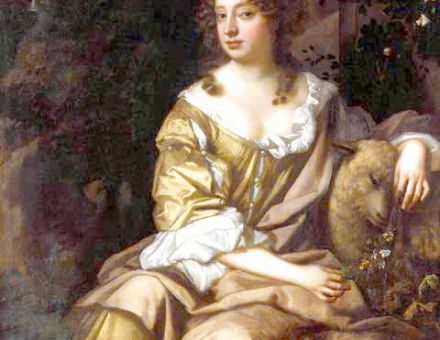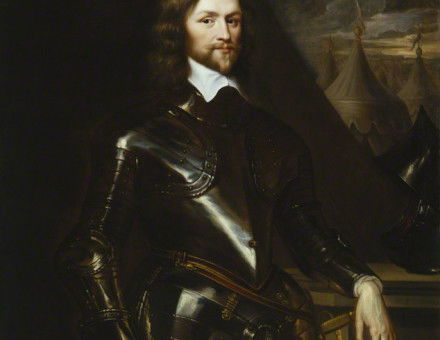Clarendon’s History of the Rebellion
Clarendon’s great ‘History’ was composed largely in exile and published after his death. Hugh Trevor-Roper discusses how the historian had originally intended this great work to be private political advice to the King.




